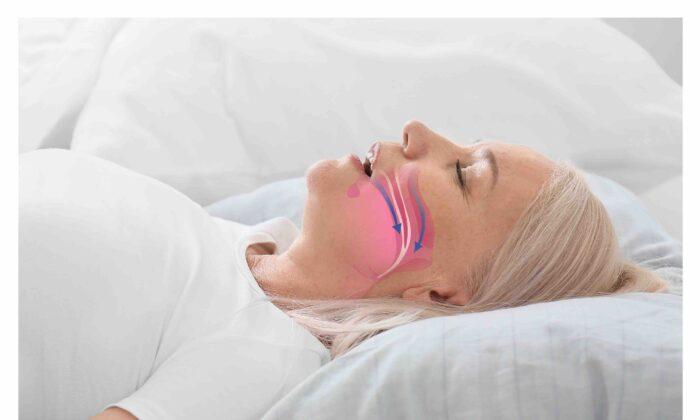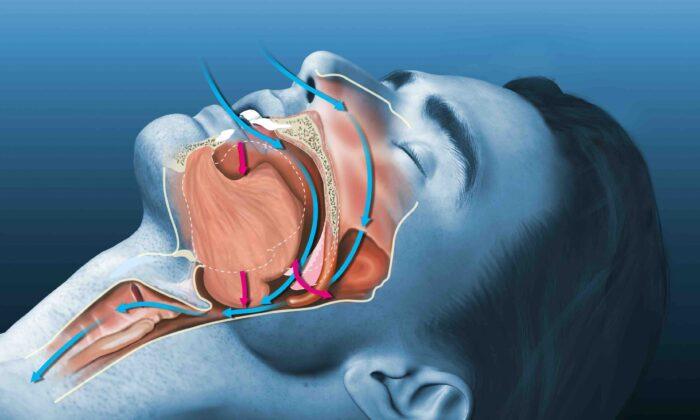In the past, moviegoers hanging onto the edge of their seats during some climactic moment, watching their leading actor shout out at the top of his lungs, might have found themselves somewhat jarred from the immersion when the close-up revealed a mouth full of black fillings. Perhaps such details were overlooked, though, since many in the audience could see the same thing in their own mouths. Back then, Hollywood was more concerned with the front teeth.
Black fillings were made with silver amalgam, and when they were new, they looked silver—but they tarnished fairly quickly. The corrosion actually improved the longevity of black fillings, however, as it helped seal microscopic deficiencies between fillings and teeth, which were prepared according to venerable U.S. dentist Dr. G.V. Black’s principles.
Formulated by Black in 1895, amalgam was principally composed of silver, copper, tin, and elemental mercury (50 percent by weight), and has remained much the same to the present day. However, the idea wasn’t entirely new; a similar material is documented in a medical text from the Tang Dynasty in China. In later years, concerns were raised about the potential for vapor exposure from the mercury—which helps bind the alloy particles together—in amalgam fillings. By then, white fillings were gaining popularity as an alternative, more-aesthetic option.
Composites
White fillings (composites, tooth-colored or resin fillings) are made up of various percentages of powdered glass and acrylic resin. When composites came to the market, the original formulas entailed mixing two pastes together and putting them into a cavity before the mixture set—time was thus a limitation. Composites became much more user-friendly once they could be light-cured. Instead of mixing pastes together, dentists could shine light on fillings to set them. Curing lights were initially ultraviolet, then quartz-halogen, and now—as in many other applications—LED.Composites have a putty-like consistency, so they’re placed, rather than compacted like amalgams, into cavities. The great advantage of composites is that they can chemically bond to teeth. Whereas crowns were once the only option for repairing missing or chipped enamel, composites are more adaptable—they’re even used to attach orthodontic brackets. While enamel bonds are the strongest, with ongoing development dentin bonding too has become possible.
Enamel must be etched with orthophosphoric acid before it can be bonded to. Etching doesn’t harm the enamel, but it leaves a frosted appearance after application. It’s important that the area be kept dry during an operation, as moisture adversely affects composite materials and bonding. After the bonding agent is applied to a cavity, any excess is blown away, and it’s light-cured; then, a composite filling can be inserted into the preparation. Cavities are filled in incremental layers, because composite undergoes microscopic shrinkage when it sets. Finally, any excess is removed and the finished restoration is polished.
Exposed dentin can form a reasonable bond with newer agents—currently we’re on the 7th generation of development—but still not as stably as enamel. While dentin was also etched in the past, there’s a preference now for selective etching, just targeting the enamel, because dentin is more permeable in relation to the pulp chamber within.
Composites can closely match a wide array of natural tooth colors through the mixture of various enamel and dentin shades—newer products even include universal and pink shades—and composites are generally said to last between five and seven years.
While amalgam has traditionally lasted longer, and composites are considered technique-sensitive, under ideal conditions the two materials have comparable longevity. In order to strengthen composites, manufacturers have altered the filler sizes over the years: fine particles make for a better polish but less strength, so larger particles were introduced, then irregular sizes, now nanoparticle sizes.
Glass Ionomers
Glass (fluoroaluminosilicate glass powder) ionomers (polyacrylic acid), or GI, are another type of tooth-colored filling material. They don’t require the bonding techniques needed for composite fillings, as they chemically adhere to the hydroxyapatite of tooth crystals. Unlike composites, they’re moisture tolerant; however, they’re also not as strong. As such, they normally aren’t placed on biting surfaces, but they can be effective in other areas.Resin-modified glass ionomer cements have also been developed for greater strength—they’re reinforced with metal or resin particles. While neither type of ionomer is used for biting surfaces, both can fill cavities and release fluoride to help prevent future decay. They’re also used as adhesive bonding for some crowns and other materials.
Temporary Fillings
Temporary filling materials have always been useful in emergencies. Temporary cements are also required for provisional or temporary crowns.The first temporary cements were made from zinc oxide with eugenol (ZOE), powder and liquid mixed together, and these provided sedative effects for painful, exposed, and decayed areas. Eugenol liquid has a distinctive odor and was once popular for self-medicating individuals with tooth pain; however, eugenol enters into enamel and interferes with the setting of composite filling materials, so ZOE materials are no longer used when composites are to be placed later.
Polycarboxylate cements are stronger and last longer than ZOE. Powder and liquid are mixed together as usual, but in this case, the setting time is shorter and somewhat more abrupt.
Both of these cements are bright white in appearance, and are therefore not aesthetic when placed near the front of the mouth—but an emergency situation is just that. They are not permanent fillings.
Checking the Fit
The bite must be checked after placement of any filling. In a normal bite, upper and lower teeth should interdigitate, with upper molars overlapping lower. The cusps of teeth are the high parts of the hills and valleys on the biting surfaces, and these cusps can dig into any opposing fillings. Articulating paper (a sort of carbon paper) is used to check for any such interference.For decayed areas between teeth, it has always been challenging to mold filling materials to the deepest areas of cavities without leaving either a space between neighboring teeth where food can become trapped, or too much bulk in the deepest recesses, interfering with the gums. New bands and systems have been developed to help mold and conform filling materials to the original shape of the teeth during placement.
Modern Techniques
Inlays are applied with indirect techniques, allowing for excellent fit, especially with cavity preparations that are large due to extensive decay or missing cusps. They were initially crafted in laboratories using gold alloys. After preparing a tooth, the dentist would make impressions and send them to a dental laboratory where a technician could craft an exact replica of the cavity using plaster. The custom inlay could then be cemented in place during a followup appointment. A temporary covering needed to be placed during the first visit and worn during the interim.Now, inlays can be digitally designed on computers and manufactured from ceramic and other materials in an hour or so at dental offices using 3D printers—the entire process can be completed in a single appointment. This has obvious advantages in time and convenience for all parties. Dental laboratories also have these printers for their own work.
Onlays can also be used to restore missing portions of teeth—especially missing cusps—for cavities too large to be suitable for inlays yet not large enough to necessitate crowns. Onlays are bonded to teeth, and have less retention than full-coverage restorations.
These days, an accelerating range of alternatives can restore teeth damaged by decay or trauma; but remember, even teeth restored with perfect fillings can still decay if diet and oral hygiene are lacking. Next time, we’ll look at crowns.





